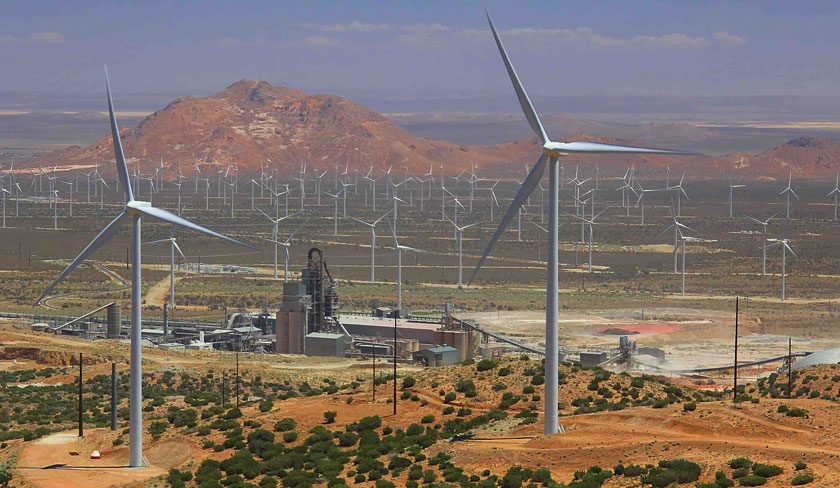CEMEX and Holcim are founding members of the First Movers Coalition, a new initiative launched at COP26 in Glasgow that unites more than two dozen companies to accelerate innovation and development of early-stage decarbonization technologies to help achieve net zero by 2050.
The coalition – a partnership between the World Economic Forum and the U.S. Office of the Special Presidential Envoy for Climate John Kerry – brings together business leaders with global footprints to drive market demand for zero carbon solutions in this decade. It is the only buyers club working to scale these emerging technologies across the heavy industry and heavy-duty transport sectors.
“With its Future in Action program, CEMEX is committed to lead on the road to carbon neutrality. We are proud to join forces with the World Economic Forum and other global companies to accelerate the development of critical new decarbonizing technologies. Our shared goals and the investments announced today would not be possible without the steadfast leadership shown throughout this process by Special Presidential Envoy for Climate John Kerry and the World Economic Forum,” said CEMEX CEO Fernando A. González.
The coalition will work across eight key sectors, including cement. Phase 1 commitments target new technologies and aim to create a market by 2030 that can be ramped up to achieve decarbonization in 2050. Founding members have already made commitments in at least one of these sectors: aviation, shipping, trucking and steel. The remaining sectoral commitments will launch in early 2022.
Holcim CEO Jan Jenisch said, “The net-zero transition requires unprecedented collaboration across value chains. The First Movers Coalition can achieve this. Together we can grow the demand for net-zero solutions to drive more investment in next-generation green technologies.
“As a founding member, Holcim is committed to taking action on both the demand and supply side. We will buy more net-zero vehicles and continue to grow our range of green building solutions to scale up net-zero construction,” he concluded.



